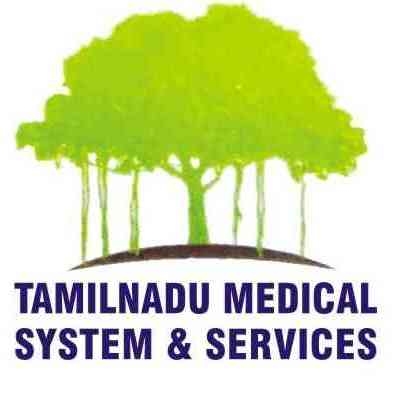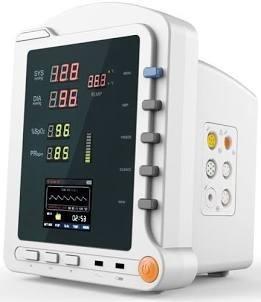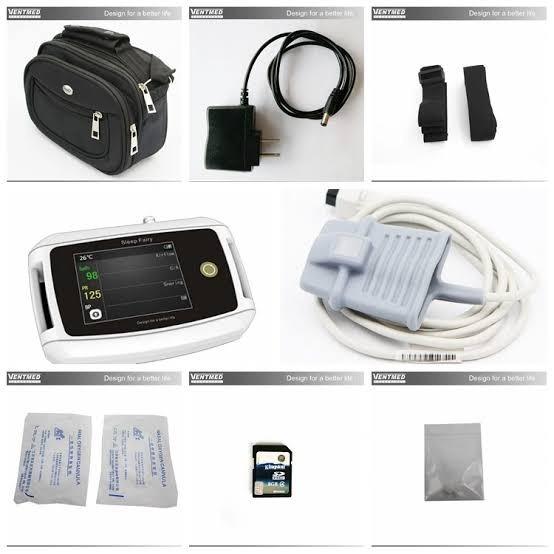Tamilnadu Medical System and Services is leading medical equipment supplies in Chennai. A patient monitor is a medical device used to continuously observe and display a patient's vital signs and other physiological parameters in a healthcare setting. These monitors play a crucial role in monitoring the health status of patients during various medical procedures, surgeries, or while they are in hospital rooms or intensive care units. Patient monitors provide real-time data that healthcare professionals use to make informed decisions about patient care and treatment. Here are some of the key parameters that patient monitors typically measure and display: 1. *Heart Rate (HR):* The number of heartbeats per minute, indicating the heart's rhythm and overall cardiovascular health. 2. *Electrocardiogram (ECG or EKG):* A graphical representation of the heart's electrical activity, showing the heart's rhythm, rate, and any abnormalities. 3. *Blood Pressure (BP):* Measured as systolic (higher number) and diastolic (lower number) pressures, indicating the force of blood against artery walls during heartbeats and between heartbeats, respectively. 4. *Respiratory Rate (RR):* The number of breaths taken per minute, indicating lung function and respiratory health. 5. *Oxygen Saturation (SpO2):* The percentage of hemoglobin in the blood that is saturated with oxygen, providing information about oxygen delivery to body tissues. 6. *Temperature:* The patient's body temperature, which can indicate fever or hypothermia. 7. *Capnography (EtCO2):* Measurement of the concentration of carbon dioxide in exhaled breath, which helps assess ventilation and respiratory status. 8. *Invasive Pressure Monitoring:* For critical patients, invasive pressure monitoring may include measurements of central venous pressure (CVP), pulmonary artery pressure (PAP), and intra-arterial blood pressure (IBP). Patient monitors come in various configurations and designs, ranging from basic monitors that track essential vital signs to advanced units that can display additional parameters, offer alarms for abnormal readings, and have data recording capabilities. Monitors can be standalone devices or integrated into hospital beds, anesthesia machines, and other medical equipment. These monitors are used across various healthcare settings, including hospitals, clinics, emergency rooms, operating rooms, intensive care units, and during patient transport. The information provided by patient monitors helps healthcare professionals detect changes in a patient's condition, allowing them to intervene promptly if necessary and provide optimal care. Patient monitors are an integral part of modern healthcare, aiding healthcare providers in delivering safe and effective treatment to patients by closely monitoring their physiological status and responding to any critical changes in real time.


